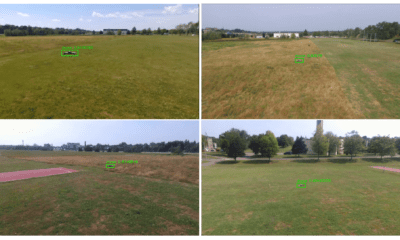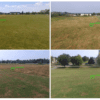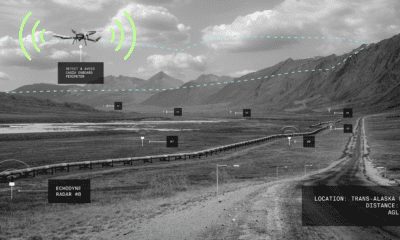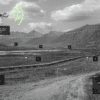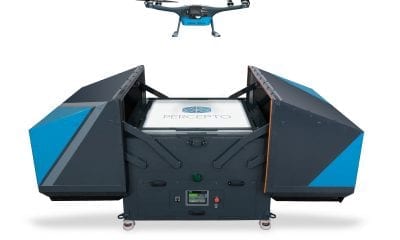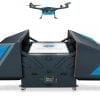
Autonomous
A Physics-Based Approach to Urban Air Mobility
It’s no secret that small and medium-sized unmanned aerial vehicles (UAVs) have grown popular over the past decade. Even though they were originally designed for military applications, drones have found massive purposes and uses in the civil market.
Vertical Lift Vehicles, Their Capacities and Challenges
One of the most specific features that makes them fit for civilians is the ability of vertical lift vehicles to hover – as a feature that is beneficial for human and cargo transportation, delivery systems, disaster relief, surveillance missions and other industries and fields.
Compared to the traditional single rotors, drones as multi-rotor vehicles also offer advantages in lifting capacities and achieve greater speeds. What remains challenging, however, is the accurate prediction of rotorcraft performance and acoustics. For example, a rotor blade can encounter its own tip vortex and the tip vortices of other blades.
The concept of Urban Air Mobility (UAM) has been viral over the past few months and years, mentioned by both large and small companies asserting that commute times need to be drastically reduced by using UAM vehicles (known as “flying cars”) – visioned to be fully autonomous and use electric and/or hybrid propulsion.

SUI Endurance quadcopter
Studying the Complex Interactional Aerodynamics of Multi-Rotor Vehicles
The objective of one work done by a group of students, therefore, is to study three drones and demonstrate a high-fidelity simulation capability when studying the complex interactional aerodynamics of multi-rotor vehicles for different flight conditions and configurations – as well as establish a good practice in the design of multi-rotor UAVs and multi-rotor craft for UAM.
“Three drones, described below, have been studied: the DJI Phantom 3, the SUI Endurance, and the Elytron 4S UAV. NASA’s UAM conceptual design for VTOL air taxi operations is also shown in this study. The vehicles are simulated using NASA’s high-order accurate CFD solver, Overflow, and their complex flowfields and performance in different configurations are analyzed and compared. The geometries have been modeled with a extraordinary level of detail and accuracy when comparing to the real vehicles, yielding to state-of-the-art high-fidelity CFD results.”
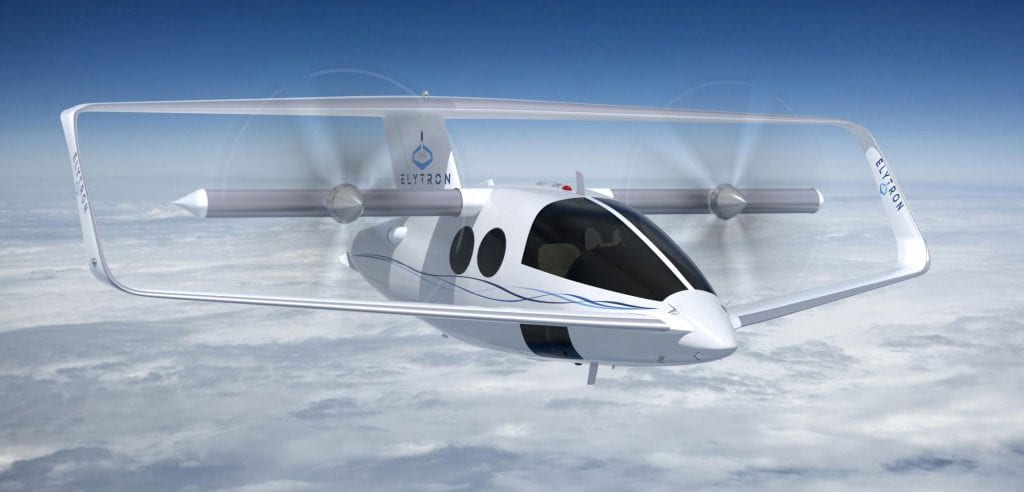
Elytron joined-wing tilt-wing UAM concept
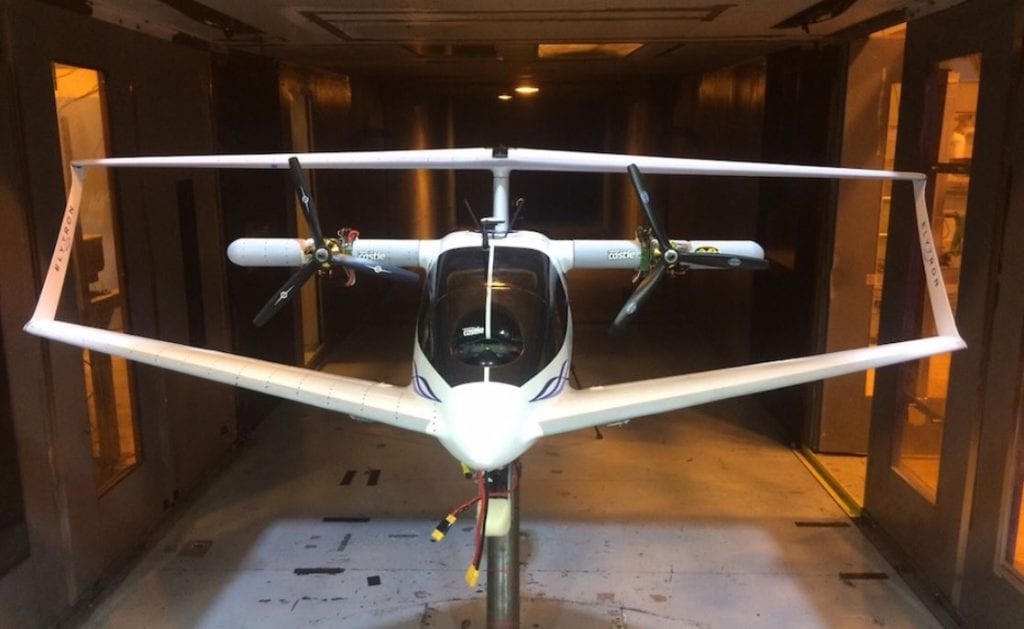
Elytron S UAV in the US Army x subsonic wind tunnel at NASA Ames Research Center
The abstract of their paper best sums up the idea:
“The vehicles studied consist of small to medium sized drones, and bigger vehicles for future Urban Air Mobility (UAM) applications. The performances for different configurations and rotor mounting are calculated in hover and in forward flight. Understanding the complex flows and the interactions between rotors and with other elements will help design the future multi-rotor vehicles to be quieter, safer, and more efficient.”

Overset surface grids for the complete DJI Phantom
NASA’s Side-By-Side UAM Concept
Before showing the results, it is also worthy to say that the group of authors has covered NASA’s Side-by-Side UAM Concept which focuses on a six-passenger, 200nm range helicopter with hybrid propulsion – intended to focus and guide the NASA research activities in support of aircraft development for emerging aviation markets.
The authors have researched the following aspects in detail:
- Numerical Approach
- Overset Grid Generation
- High-Order Accurate Navier-Stokes Solver
- Low Mach Number Preconditioning
- Hybrid Turbulence Modeling
The Results of the Research
The authors have obtained results from the four vehicles (including NASA’s UAM concept) and show different findings – and more specifically – different effects. They are analyzing the effect of wind gusts, the effects of adding components, the SUI endurance in forward flight as well as the overset grids of each system.
The general conclusion shows that:
“The SUI Endurance simulations in forward flight have thrown insight on better designs during cruise: under-mounting the fore rotors and over-mounting the aft rotors improves the aerodynamic efficiency of the vehicle, by reducing the interactions between the fore and aft rotors. The so called hybrid SUI increases the forward horizontal force by 63% compared to the standard SUI.”
In summing up, the authors also touch NASA’s new concepts for UAM and say that they have successfully introduced new concept vehicles which will focus and guide NASA’s research activities in support of aircraft development – particularly the emerging field of passenger-carrying aviation units.
Citation: “A Physics-Based Approach To Urban Air Mobility”, Patricia Ventura Diaz, Seokkwan Yoon, NASA Ames Research Center, https://ntrs.nasa.gov/archive/nasa/casi.ntrs.nasa.gov/20180007535.pdf











